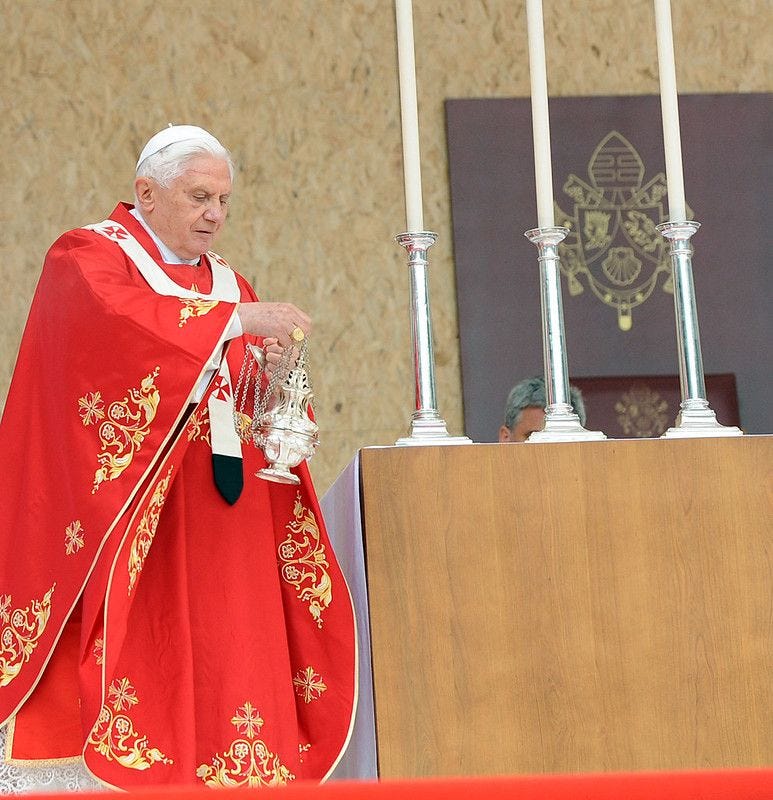Benedict XVI's 'radical renewal' of worship
“Benedict XVI fundamentally and irreversibly changed the way the Church understands divine worship.”

The lasting legacy of Pope Benedict XVI will be a shift in the way the Church thinks about worshipping God, one scholar suggested after the late former pope’s death.
“Benedict XVI fundamentally and irreversibly changed the way the Church understands divine worship, and the effect of that radical renewal is only just beginning to be seen,” said Fr. James…
